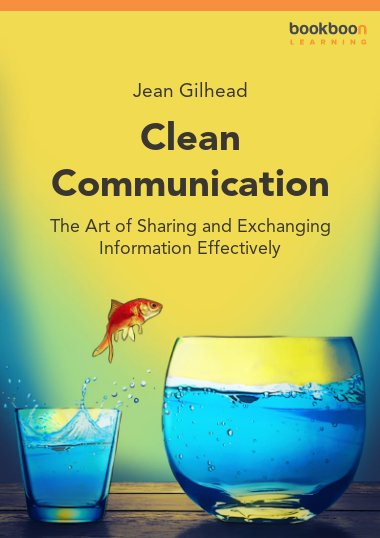Clear communication is crucial for an efficient, functioning workplace. It fosters a collaborative environment, increases productivity, and minimizes misunderstandings that lead to costly mistakes.When individuals can communicate effectively, they’re better able to appreciate and respect differences in others’ cultures, backgrounds, and perspectives. This allows people to learn from each other’s experiences.The intention of this book is to show how, through a better understanding of ways of communicating, imbalance can be avoided in dealings with others.
About the Author
For many years, Jean Gilhead has been involved in personal development, life coaching, and communication skills training for individuals and companies. She inspires and motivates clients all over the world with her self-help tools, using them to draw out individual potential while enabling people to re-discover their innate personal power. Jean has published many articles and e-guides, written a novel, 'Living in Bright Shadows' (also in Spanish), and ‘Holistic Time Management’, ‘Practical Mindfulness’ (also in Norwegian), and ‘Practical Feng Shui’ for Bookboon.

